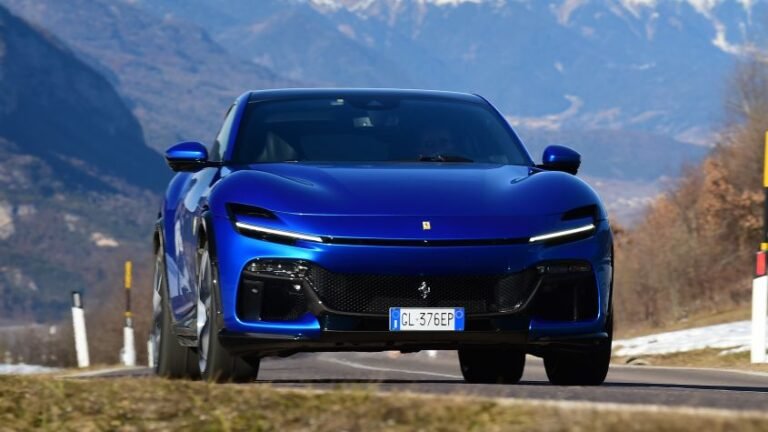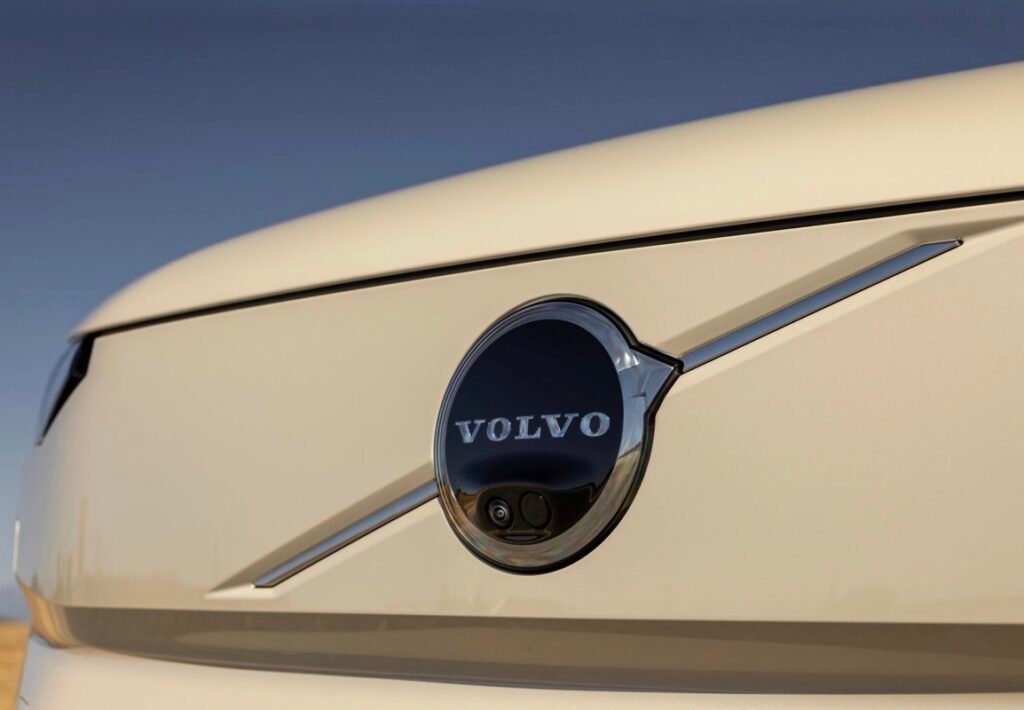
Volvo earns another major safety accolade
- Volvo’s multi-adaptive safety belt named one of TIME’s top inventions in the transportation category
- Second year in a row that a Volvo safety feature is recognized
- New safety belt to debut in next year’s EX60
Decades after it patented the modern three-point safety belt—and then offered the patent for free in the interests of industry-wide safety standards—Volvo has still found a way to innovate with this pivotal passive safety feature.
The Swedish brand’s world-first multi-adaptive safety belt has been recognized as one of the Best Inventions of 2025 by TIME, an honor reserved only for particularly outstanding inventions across industries as diverse as robotics, aerospace, logistics, and transportation. China’s BYD, along with BMW, also picked up mentions in the same category this year.
It’s the second year in a row that a Volvo safety feature makes the list, following the Driving Understanding System in the EX90 and ES90 last year, which detects an impaired driver.
Customized Protection For All Occupants
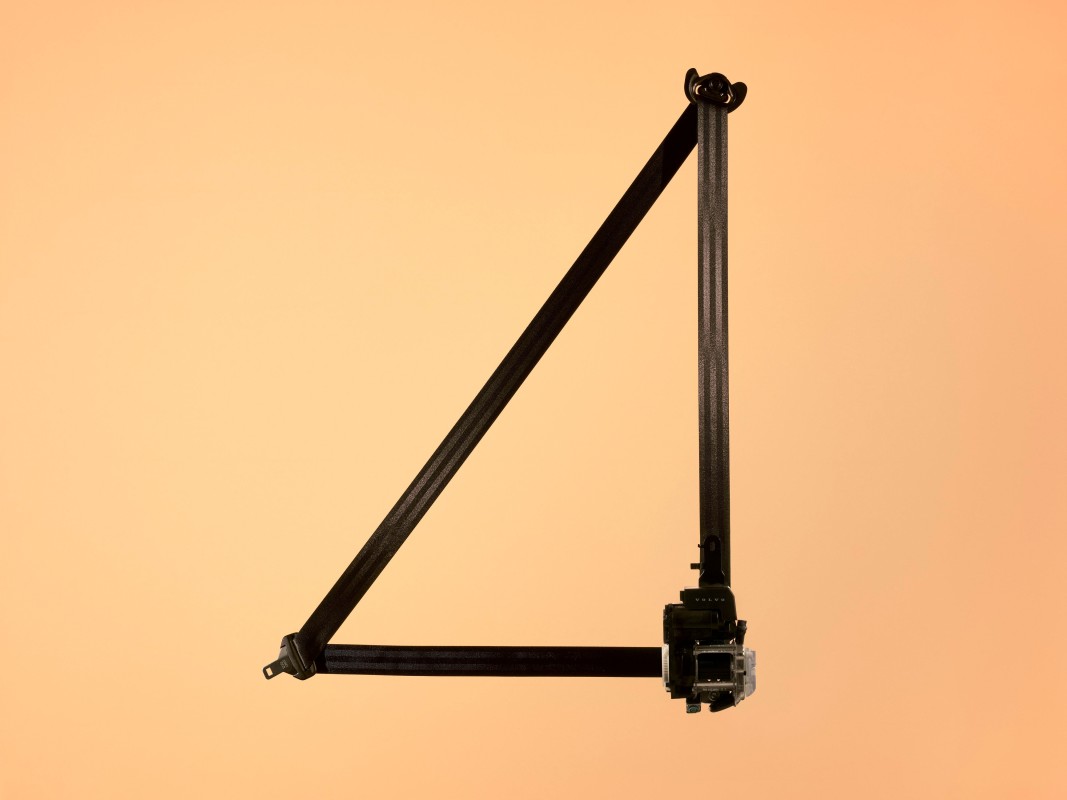
Volvo
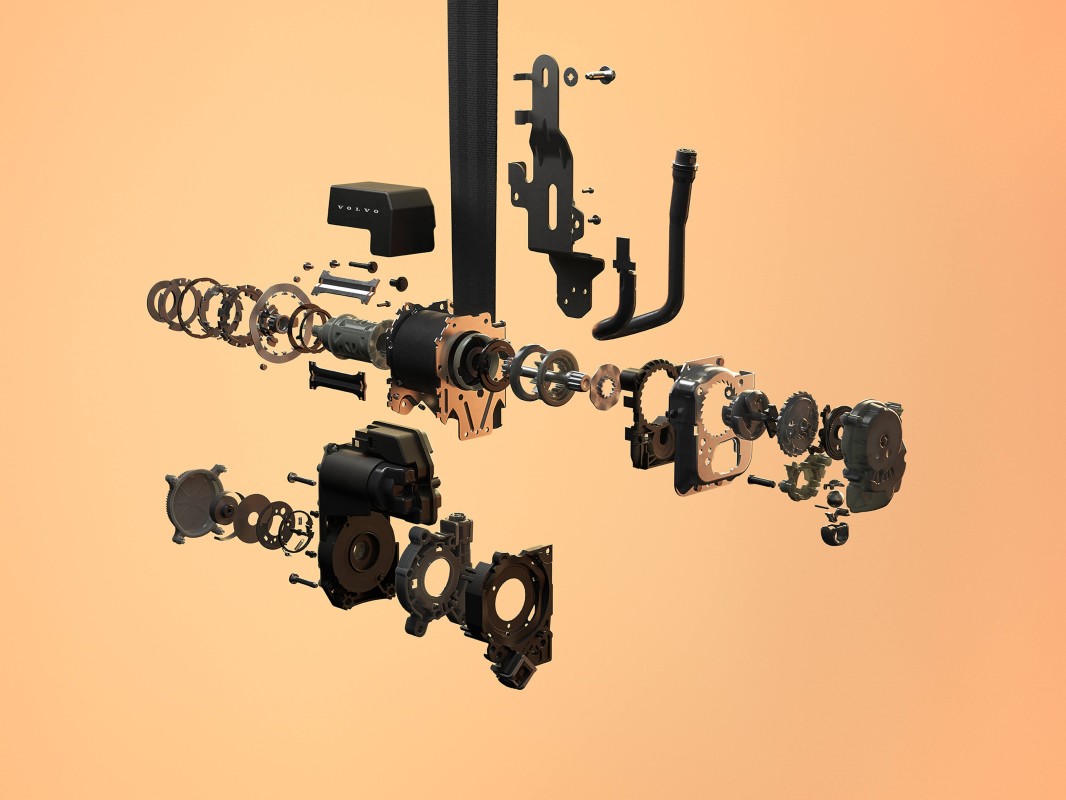
Since no two occupants have exactly the same height, weight, and body shape—and can assume one of countless seating positions—the same seat belt isn’t going to protect one person to the same degree as the next. That’s where Volvo’s multi-adaptive safety belt and its array of sensors comes in.
Using real-time data from both exterior and interior sensors, the belt can make near-instant adjustments based on the data received via the sensors, should a crash occur. In one scenario, a smaller occupant in a minor crash may benefit from a lower belt load setting, which can lower the risk of rib fractures. But a larger occupant in a severe crash will receive a higher belt load setting, lowering the risk of a head injury. These customized responses will be continuously improved over time via over-the-air updates, completely revolutionizing the capabilities of the basic seat belt.
Related: Volvo And Tesla Shine In Latest Crash Tests While Jeep and GM Struggle
New Belt To Debut In EX60
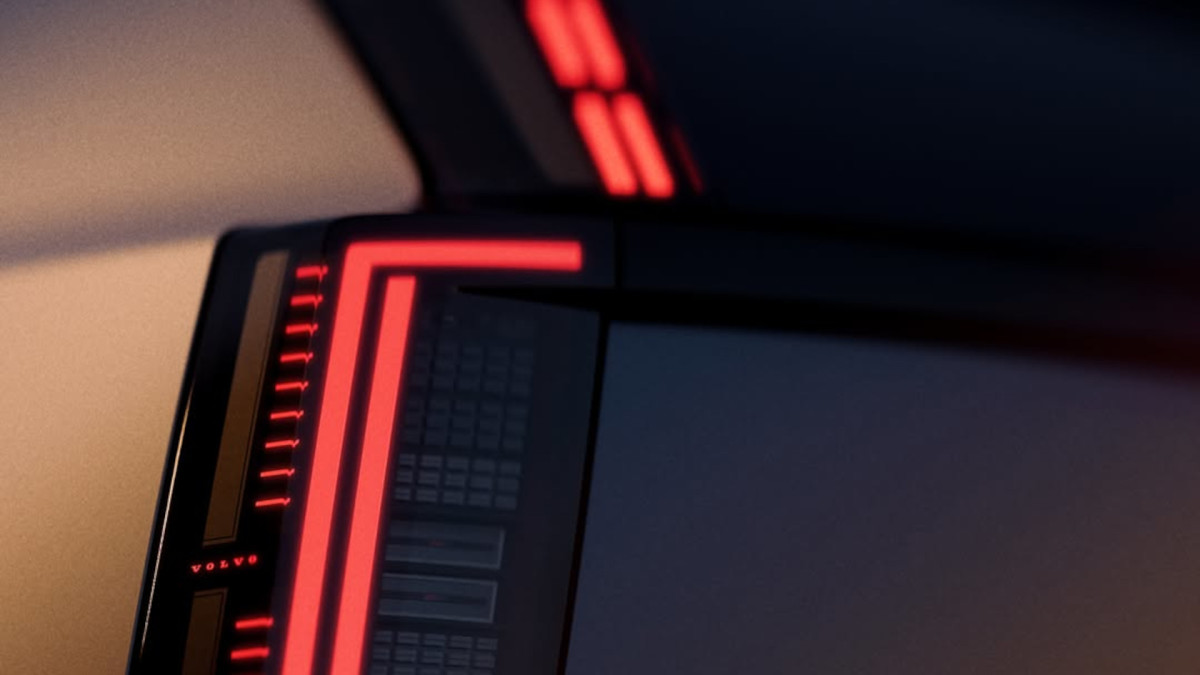
Interestingly, it’s not Volvo’s largest and most expensive models that will benefit from the multi-adaptive safety belt first. That honor goes to the EX60, which arrives early next year and will slot in below the three-row EX90. A fully electric SUV, the EX60 will compete against the new BMW iX3.
“We are proud to be recognised by TIME as a leader in automotive safety,” says Åsa Haglund, head of Volvo Cars Safety Centre. “With the multi-adaptive safety belt in the upcoming EX60, we’re leveraging real-time data to adapt to the situation and the person wearing it – providing smarter, personalized protection that can help reduce injury.”
BMW, BYD, and Waymo Also Recognized
BMW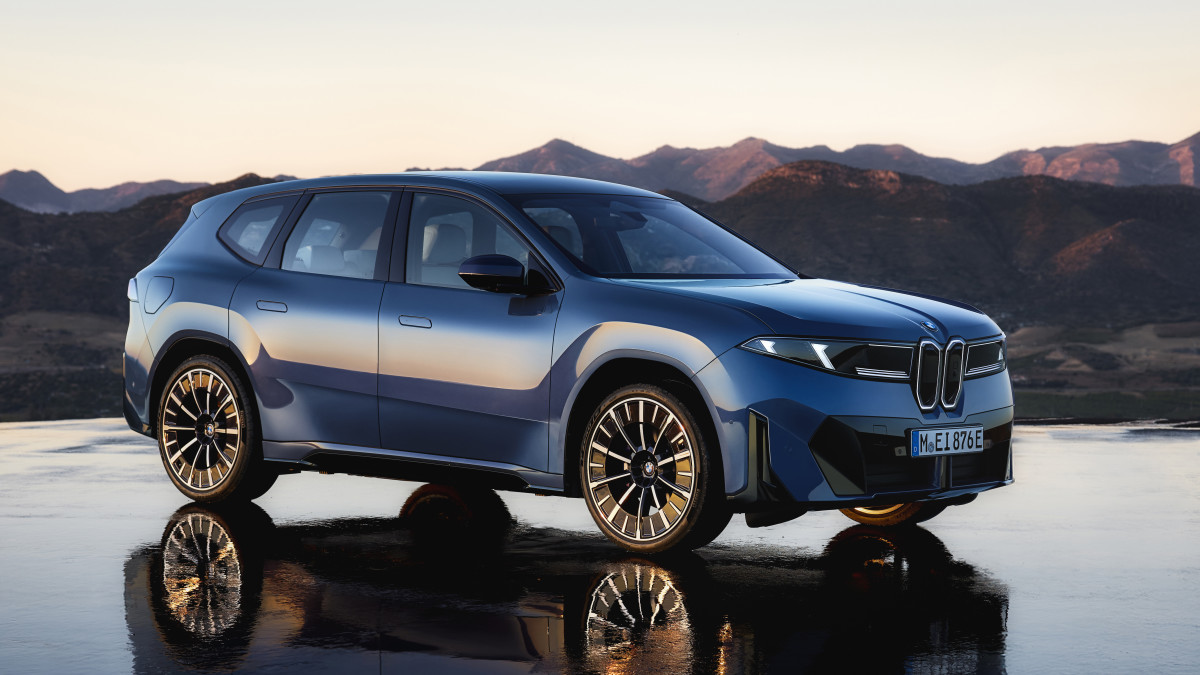
The recently revealed BMW iX3, the first Neue Klasse vehicle to be based on the automaker’s new architecture, was also named as one of the best inventions in the transportation category. TIME specifically pointed out the iX3’s impressive charging speeds (175 miles of range in 10 minutes of charging), and the SUV’s new digital nervous system with four computers.
BYD, a massive player in the EV space outside the United States, is scaling new heights with cheap EVs like the Seagull, named as one of 2025’s top inventions. And when we say “cheap EV”, we mean it—the Seagull starts at about $10,300, about a third of the price of the cheapest new EV in the United States. It only has a 30-kW battery and a range of 190 miles, but in many tightly packed European cities with narrow lanes, it’s ideal.
Finally, Waymo’s robotaxi service snagged a spot on the list, thanks to its AI-powered Waymo Driver system. After completing more than 10 million trips across various cities across America, the Waymo cabs saw five times fewer injury-causing crashes than human drivers experienced, and zero fatalities.
